Rosacea Treatment
Rosacea causes redness, visible blood vessels, and flare-ups on the face. Get expert Rosacea treatment at Derma Solutions with advanced dermatology care, personalized treatments, and long-lasting relief. Restore your skin’s health—book your appointment today!


Rosacea is a chronic skin condition that primarily affects the face, causing redness, visible blood vessels, and sometimes acne-like bumps. It is a condition that often develops gradually and can be mistaken for other skin issues, such as eczema. While rosacea and eczema share some similarities, they are distinct conditions with different causes, symptoms, and treatments. Understanding rosacea in depth can help individuals manage this condition effectively and improve their skin health.
Types of Rosacea Infection
Rosacea is a chronic skin condition that primarily affects the face and is characterized by redness, visible blood vessels, and sometimes pimples or thickened skin. There are four main types of rosacea:
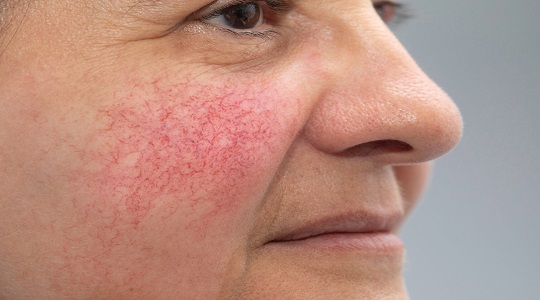
Erythematotelangiectatic Rosacea (ETR)
- The most common form of rosacea.
- Characterized by persistent redness and visible blood vessels.
- Often accompanied by flushing and sensitive skin.
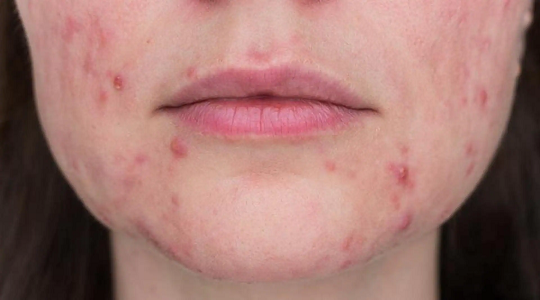
Papulopustular Rosacea (Acne Rosacea)
- Resembles acne with red bumps and pustules.
- Common in middle-aged women.
- Often occurs with persistent facial redness.
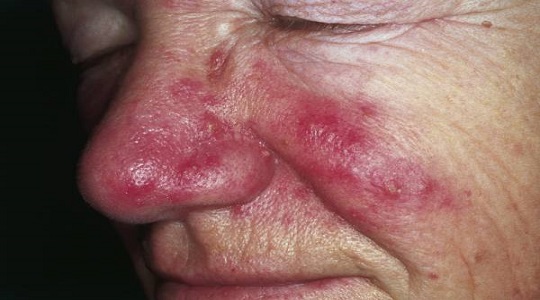
Phymatous Rosacea
- Causes thickened, bumpy skin texture.
- Most commonly affects the nose (rhinophyma).
- More prevalent in men and develops gradually over time.
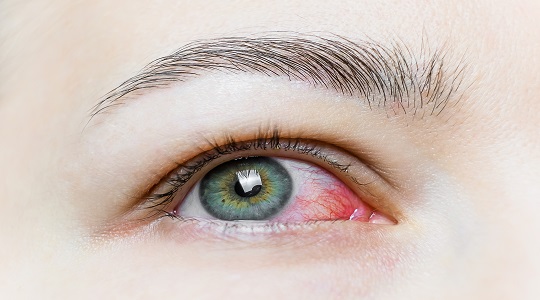
Ocular Rosacea
- Affects the eyes with redness, irritation, and dryness.
- Can cause swollen eyelids and a gritty feeling in the eyes.
- Often occurs alongside other types of rosacea.
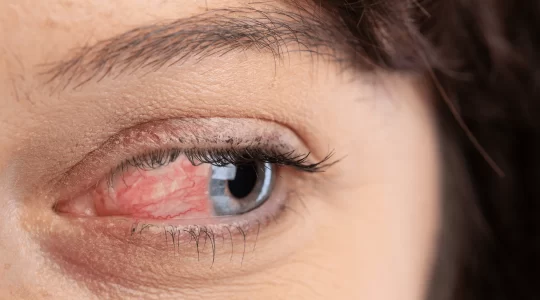
What is Rosacea?
Rosacea is a long-term skin condition that primarily impacts the central face, including the cheeks, nose, chin, and forehead. Unlike eczema, which can affect any part of the body, rosacea is predominantly facial. It is often characterized by periods of flare-ups and remission, making it unpredictable for those affected.
Who is at Risk of Developing Rosacea?
Certain factors increase the likelihood of developing rosacea, including:

Genetics: A family history of rosacea increases the risk.

Fair Skin: People with fair skin, particularly those of Northern European descent, are more prone to rosacea.

Age: Rosacea commonly affects adults between the ages of 30 and 50.

Gender: While rosacea can affect anyone, women are more likely to develop it, although men often experience more severe symptoms.

Lifestyle and Environmental Factors: Excessive sun exposure, stress, and harsh climates can contribute to rosacea.
Rosacea Symptoms
Rosacea symptoms can vary widely among individuals, but common signs include:
- Facial Redness: Persistent redness on the central face is the hallmark of rosacea
- Visible Blood Vessels: Tiny blood vessels may become visible on the skin’s surface.
- Bumps and Pimples: Acne-like breakouts that differ from traditional acne.
- Thickened Skin: In severe cases, the skin, particularly on the nose, can thicken and take on a bulbous appearance (rhinophyma).
- Eye Irritation: Some individuals experience ocular rosacea, causing red, itchy, or watery eyes.
Treatment and Management of Rosacea
While there is no permanent cure for rosacea, various treatments and lifestyle changes can help manage symptoms and reduce flare-ups. The most effective approach often involves a combination of medical treatment and self-care practices.
- Topical Treatments:
- Medications such as metronidazole, azelaic acid, and ivermectin can help reduce inflammation and redness.
- Brimonidine gel is specifically used to reduce persistent facial redness.
- Oral Medications:
- Antibiotics like doxycycline may be prescribed for their anti-inflammatory properties.
- In severe cases, isotretinoin may be considered.
- Laser and Light Therapy:
- Pulsed-dye laser (PDL) and intense pulsed light (IPL) treatments can effectively reduce visible blood vessels and redness.
- Skincare Routine:
- Use gentle, fragrance-free cleansers and moisturizers.
- Apply sunscreen with at least SPF 30 daily to protect against UV rays.
- Avoid harsh exfoliants and skincare products with alcohol or irritating ingredients.
- Lifestyle Adjustments:
- Identify and avoid triggers such as spicy foods, alcohol, and extreme temperatures.
- Practice stress management techniques like meditation or yoga.
- Maintain a healthy diet rich in anti-inflammatory foods.
- Eye Care for Ocular Rosacea:
- Use artificial tears and maintain good eyelid hygiene to reduce irritation.
- Warm compresses can help alleviate symptoms.
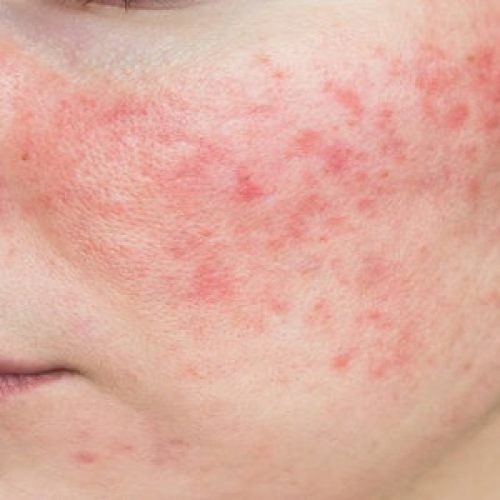
Rosacea caused by?
- Abnormal Immune Response: An overactive immune response can lead to inflammation.
- Demodex Mites: These naturally occurring skin mites may play a role in triggering rosacea in some individuals.
- Environmental Factors: Sun exposure, wind, and extreme temperatures can aggravate symptoms.
- Dietary Triggers: Spicy foods, alcohol, and hot beverages are common triggers.
- Stress: Emotional stress can exacerbate rosacea symptoms.
- Medications: Certain medications, like corticosteroids, can worsen the condition.
Home Remedies and Natural Approaches
In addition to medical treatments, certain home remedies and natural approaches may provide relief:
- Aloe Vera
- Green Tea Compress
- Honey Masks
- Coconut Oil
Book your experience
Our expert team is ready to help you achieve radiant, healthy skin with treatments tailored just for you.
Enhance your beauty
Reveal your natural glow with expert beauty treatments designed to enhance your confidence.

Book an appointment

Get your schedule

Meet with our expert





